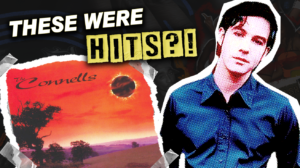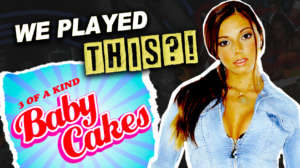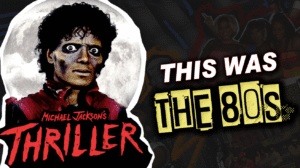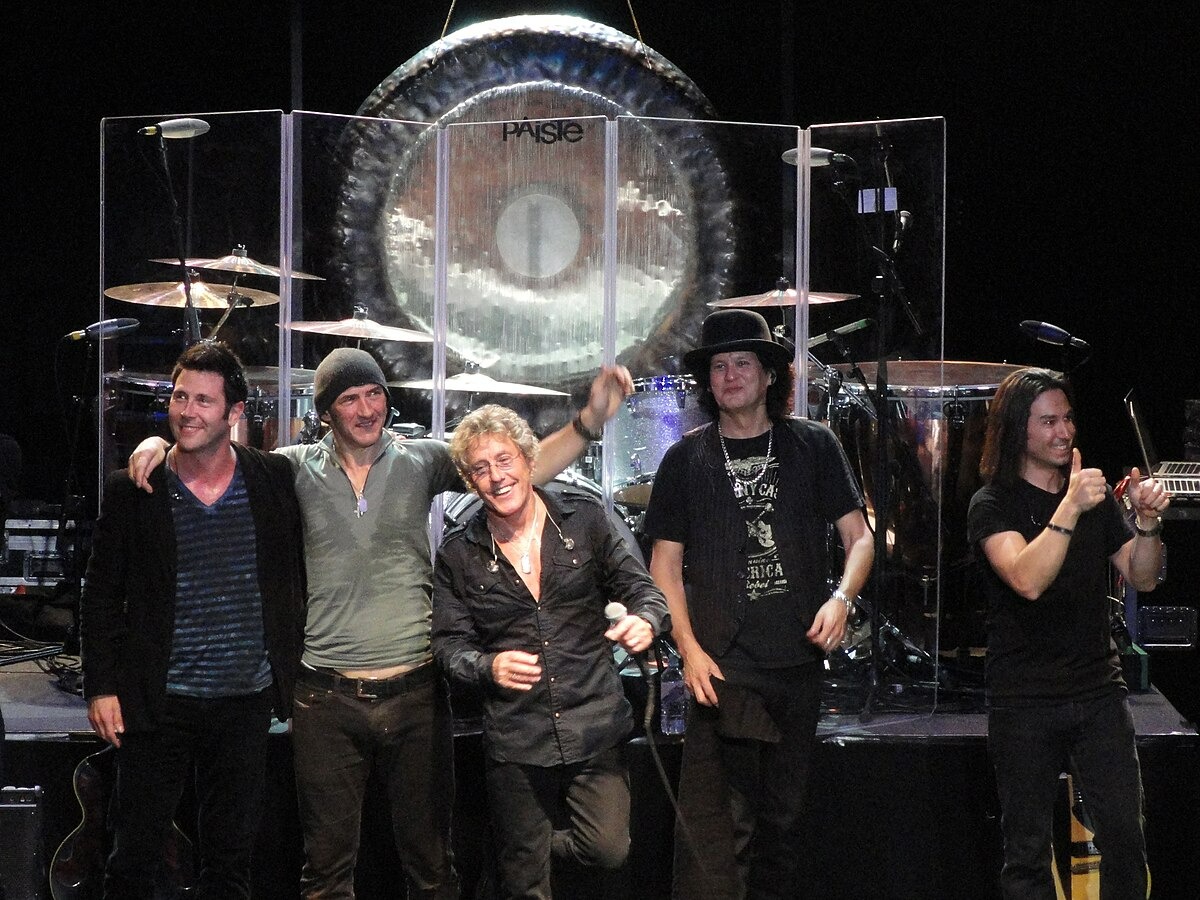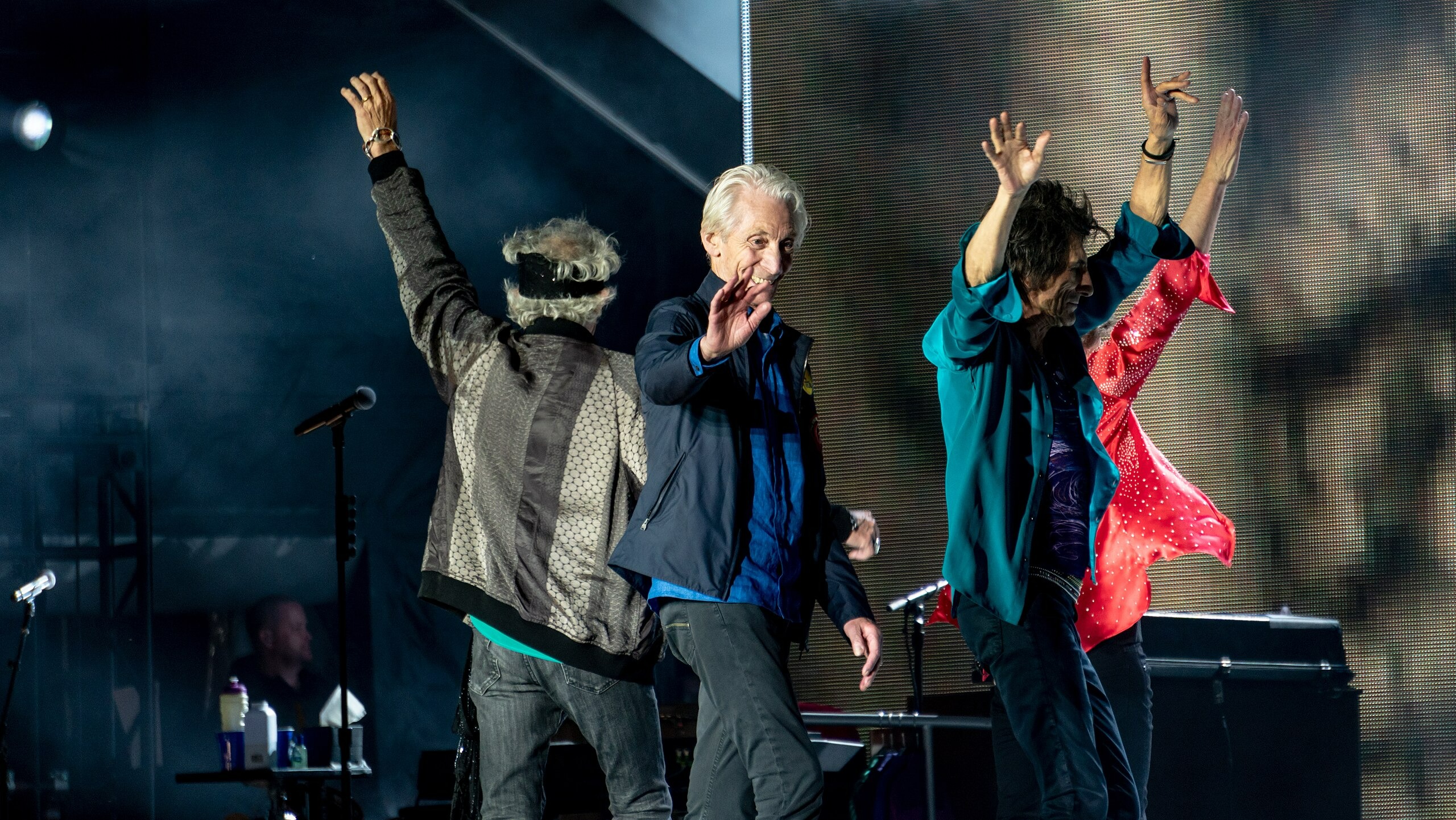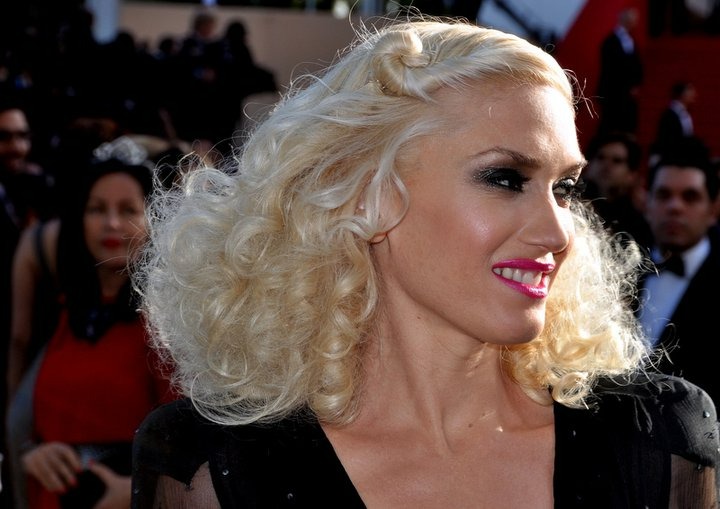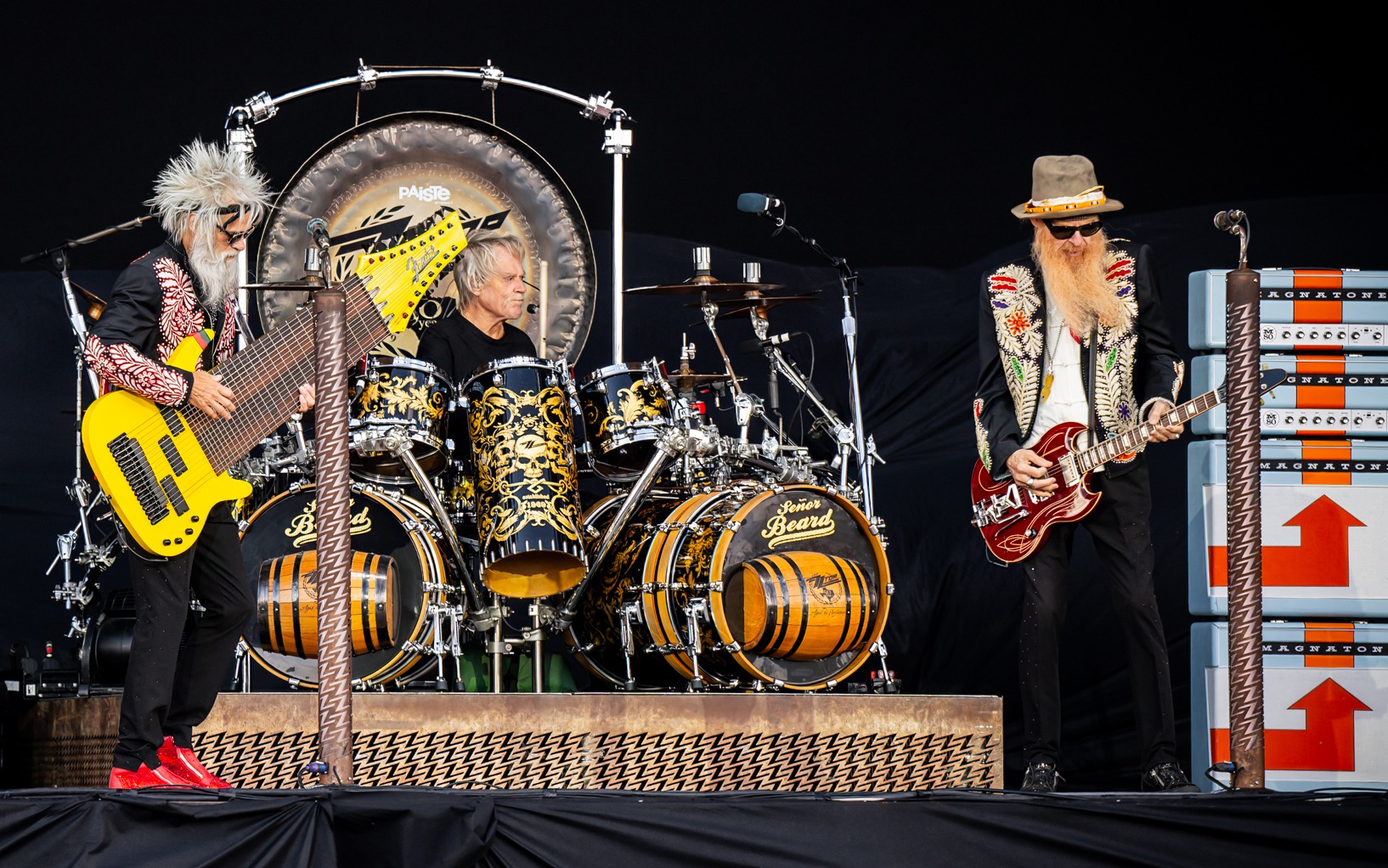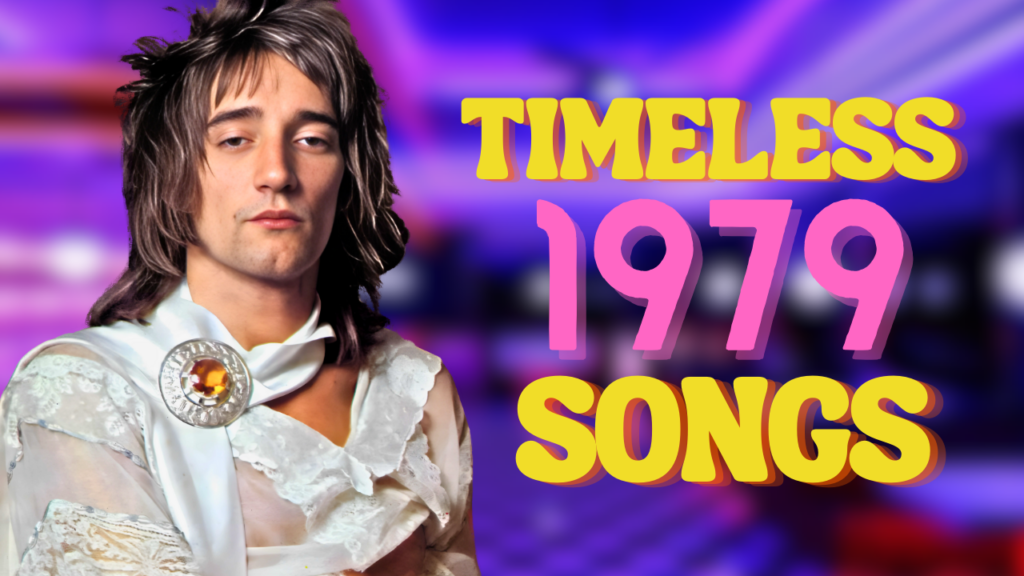
Remember 1979? When Billboard hits required more than a bedroom laptop and an auto-tune subscription? Disco still commanded respect before being relegated to theme parties and retro playlists. Punk’s raw energy was evolving beyond three-chord rebellion into something more complex. Meanwhile, synthesizer pioneers were pushing electronic sounds into the mainstream, creating a template that would shape the decade ahead.
8. Sad Eyes – Robert John
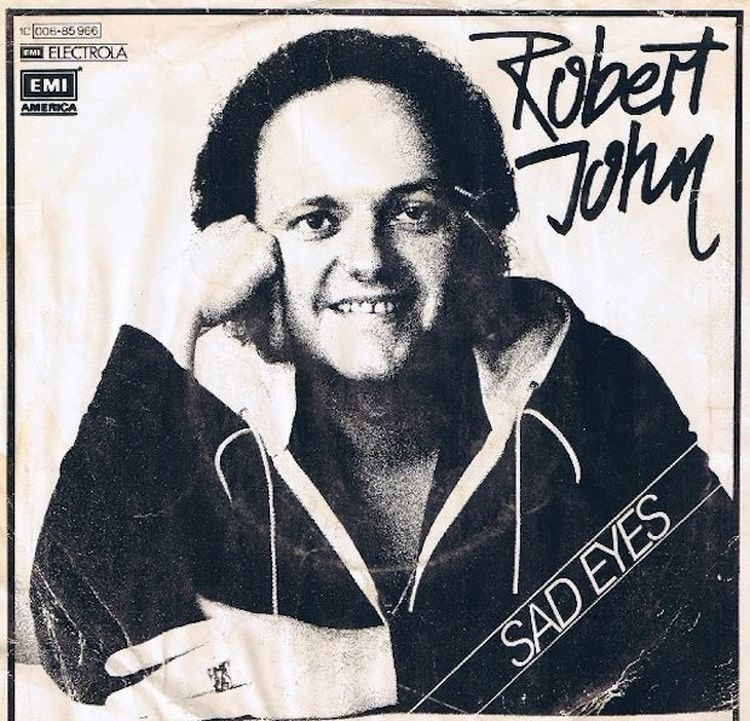
April 1979 saw Robert John’s “Sad Eyes” climb to number one on the Billboard Hot 100—a feat as impressive as finding a parking spot at the mall during holiday season. His self-titled album peaked at #68, which is like being the 68th most popular pizza topping. Not terrible, but nobody’s writing home about it.
The lyrics explore ending an affair, which explains the sad eyes. Not to be confused with puppy eyes, which get you out of trouble rather than into it.
Critics called it “generic,” but those same critics probably think salt is too spicy. Despite fading from memory faster than your New Year’s resolutions, “Sad Eyes” earned John a Grammy nomination. Not bad for a song about emotional adultery.
7. Ring My Bell – Anita Ward
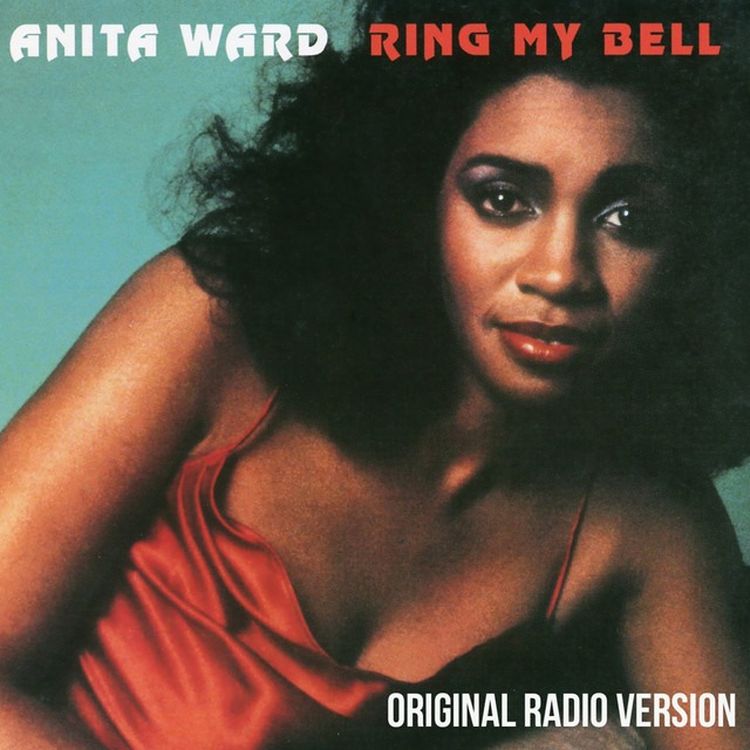
“Ring My Bell” burst onto dance floors in May 1979 like that one friend who always overdoes it at karaoke night. Ward’s vocals paired with an infectious beat that stuck in your head with the persistence of a telemarketer.
The standard three-minute version remains iconic, though extended remixes circulated in clubs where people with questionable fashion choices danced until their platform shoes gave out. Its playful lyrics left enough to the imagination (barely) to keep it on the radio.
6. YMCA – Village People
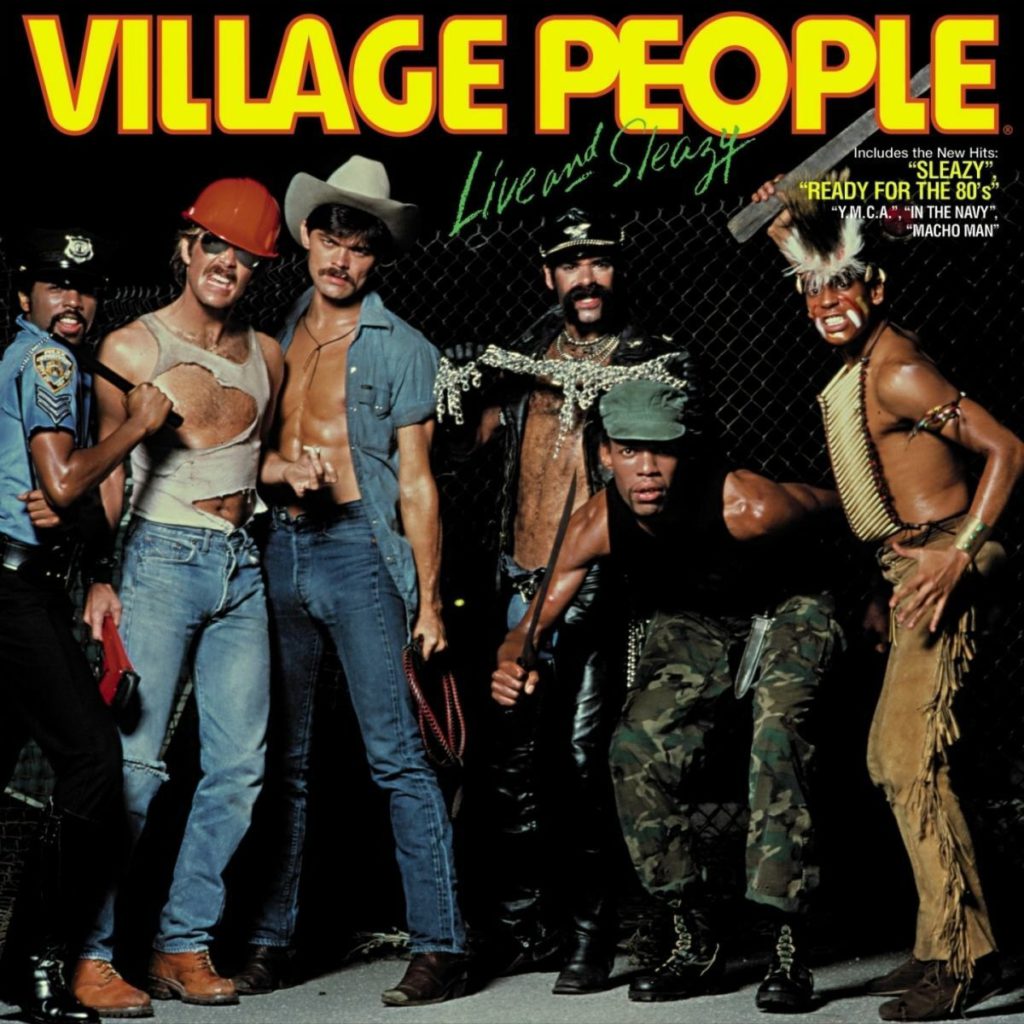
The Village People dropped “YMCA” in late 1978, but it dominated 1979 like that one relative dominates Thanksgiving dinner conversation. The group—essentially a human Halloween costume display—created what would become the bane of wedding DJs for decades to come.
The dance moves remain the only choreography that both your grandma and your toddler can perform with equal skill (and enthusiasm). Physics might be complicated, but these arm movements are universal.
5. Hot Stuff – Donna Summer
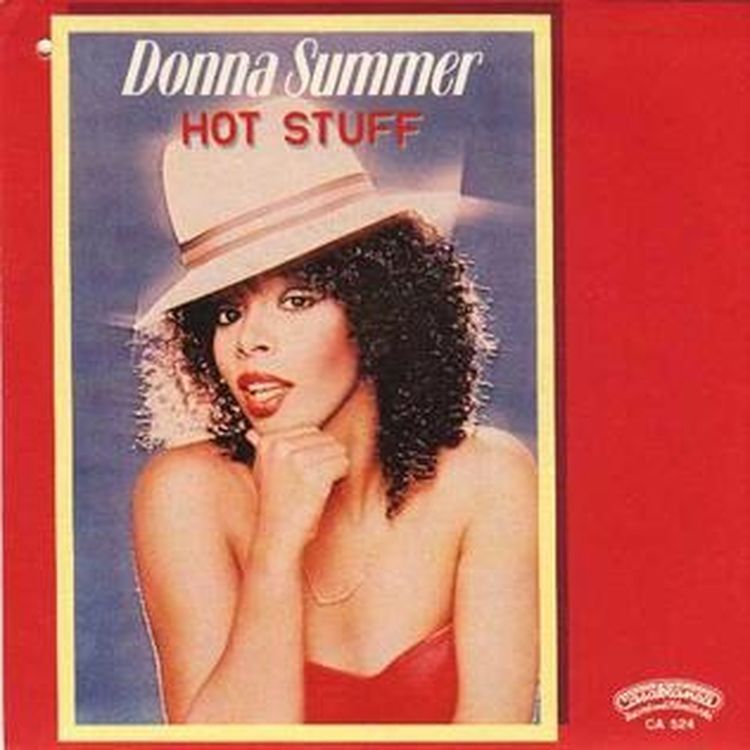
“Hot Stuff” crashed the party in April 1979 like a leather-jacketed rebel who knew exactly how to work the dance floor. Summer merged fierce guitar riffs with irresistible disco beats, creating something that shouldn’t have worked but absolutely did. Summer’s genre-bending experiment paid off brilliantly, giving her crossover appeal right when she needed it most.
Summer’s bold genre-hopping rescued her career just as disco was getting the cold shoulder faster than someone wearing socks with sandals. Her musical shapeshifting arrived just in time—when radio DJs were suddenly developing mysterious “allergies” to anything with a four-on-the-floor beat.
4. I Will Survive – Gloria Gaynor
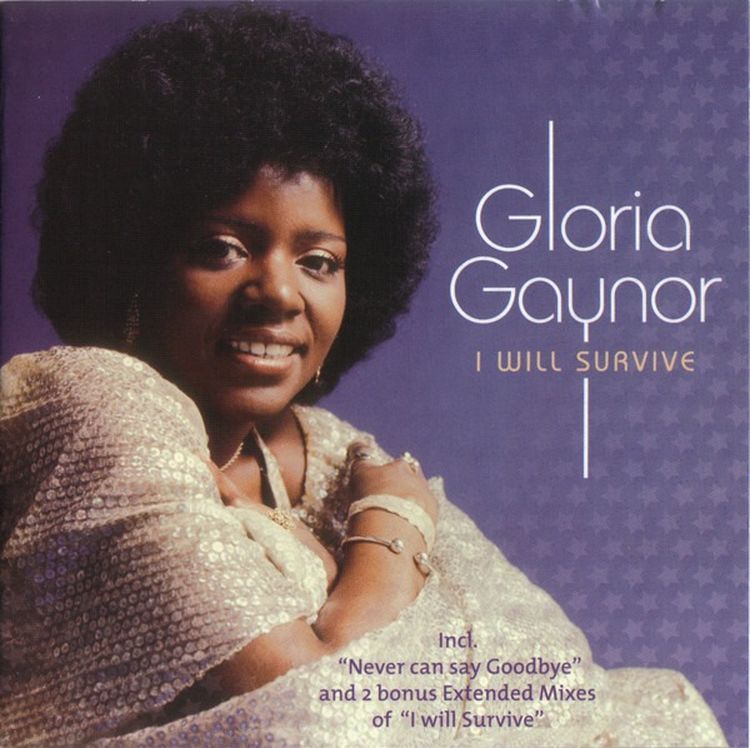
“I Will Survive” hit airwaves in October 1978 but reached peak popularity in 1979, becoming the anthem for breakups, personal crises, and Tuesday afternoons at the office. Gaynor’s powerful vocals could make even stoics feel emotions.
The track won the first-ever Grammy Award for Best Disco Recording in 1980. It has since become the official soundtrack for dramatic exits, serving revenge cold, and karaoke performances that inevitably end with someone crying in the bathroom.
3. Reunited – Peaches and Herb
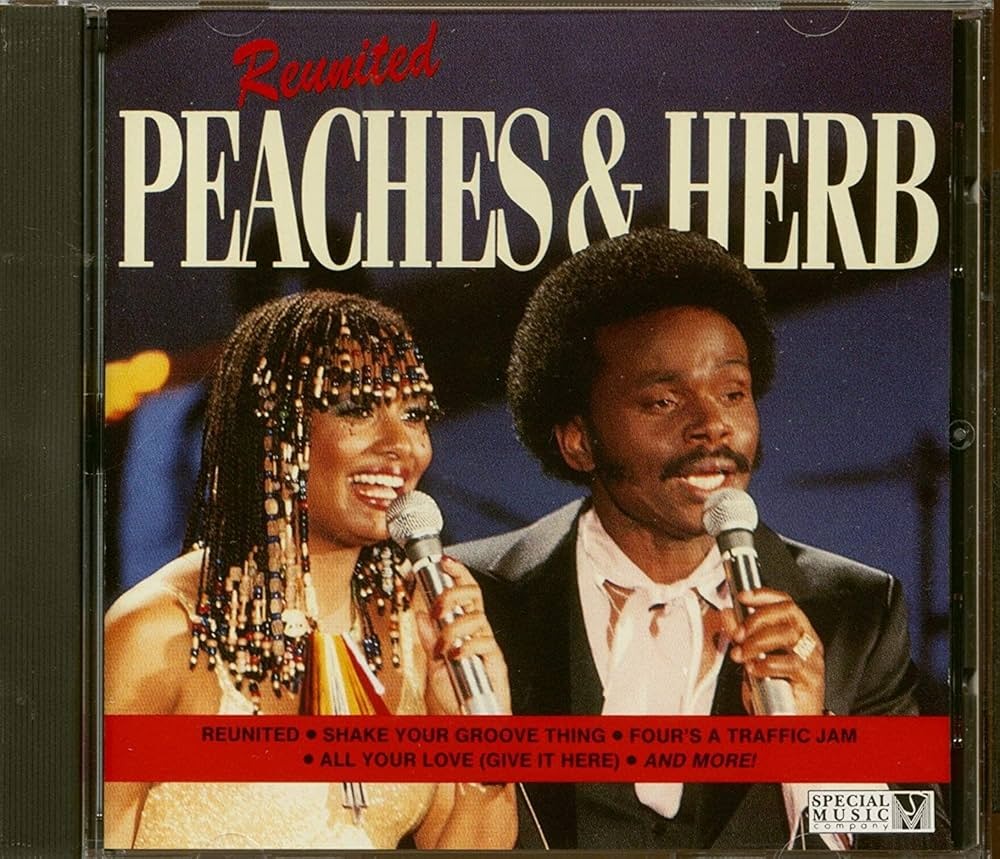
March 1979 welcomed “Reunited” by Peaches and Herb, a duo who had previously split up professionally—talk about method acting. The song rose to number one faster than gas prices during a holiday weekend.
Music historians cite “Reunited” as perfect late 70s R&B, though nobody asked the listeners who couldn’t escape it on the radio. Its emotional sincerity helped it outlive most disco hits, which typically had the lifespan of mayflies.
2. Da Ya Think I’m Sexy? – Rod Stewart
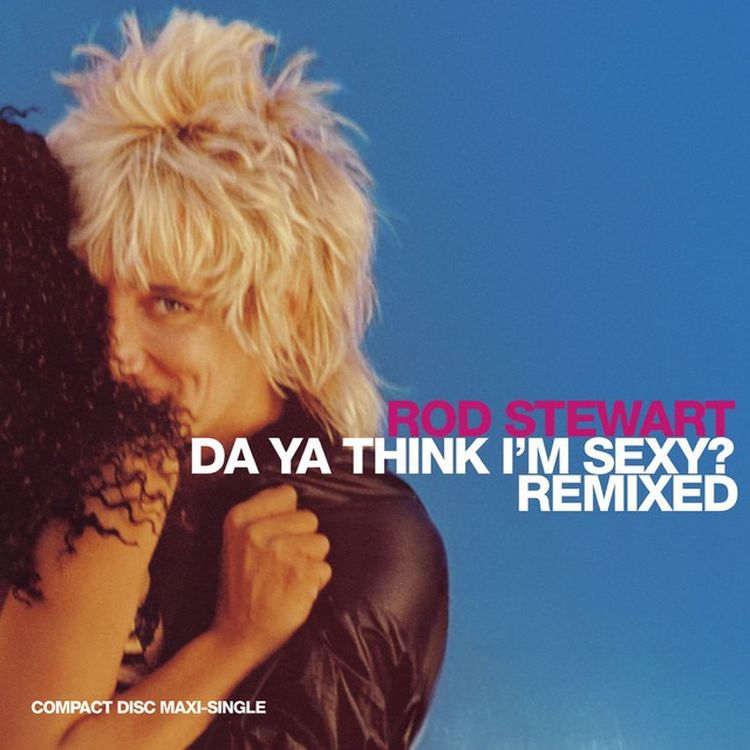
Rod Stewart shocked fans in late 1978 when he swapped his rock roots for disco glitter with “Da Ya Think I’m Sexy?” The song clung to popularity throughout 1979 like that last piece of glitter that stays on your face for days after a party.
Stewart later revealed all royalties went to UNICEF. Nothing defuses criticism quite like “it’s for the children,” played with the skill of a seasoned PR professional. Well played, Rod. Well played.
1. Bad Girls – Donna Summer (Again)
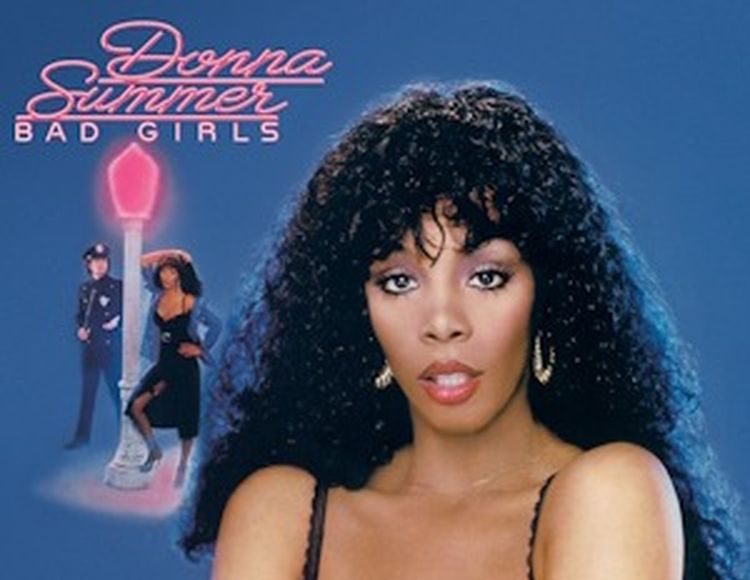
Summer returned in June 1979 with “Bad Girls,” proving she could dominate charts the way cats dominate the internet. This track blended funk, rock, and disco elements with the precision of a cocktail mixed by a suspiciously overqualified bartender.
“Bad Girls” solidified Summer as more than just a disco performer, demonstrating range that most one-hit wonders would sacrifice their synthesizers for. Her ability to address meaningful themes while making you dance deserves a medal, or at least a really nice thank-you card.




